Glass Bottle Manufacturing
The Spirit Bottle Manufacturing Process
Manufacturing any type of glass bottle is a complex process that requires delicacy, timing and quality control. In 1887 the first semi-automatic machine was created, which was capable of producing 200 bottles per hour. Modern blow molding machines can now manufacture at a rate of 15500 bottles per hour.
Producing premium spirit bottles starts with a product designer, sketch work, a final 3D model or/and a 2D computer-aided design (CAD) drawing. Once the client has agreed on the final presentation, work can start on producing a metal mold that is responsible for the shape of the glass bottle.

The 8 Step Guide For Spirit Bottle Manufacturing
There are several steps through the bottle manufacturing process that are responsible for the final glass bottle. Here is an overview from start to finish;
1. Heat the soda-lime glass (also known as soda ash or washing soda limestone and sand) to its melting temperature point. This process allows for molten gobs to be produced.
2. The molten gobs can be sliced to the correct weight, volume and size. These orange lava nuggets are pushed through a funnel and into their awaiting metal mold.
3. Once the gob is settled, the blowing process can start. The airflow enters the mold, allowing the glass’s formation to fill the mold and produce the desired glass bottle shape.
4. A plunger mechanism moves into the mold neck, allowing a counterblow that forms the final *parison.
(*A parison is a rounded mass of glass formed by rolling the substance immediately after removal from the furnace).
5. As the metal mold is in two parts, perfect timing allows the machine to separate both elements, revealing the bottle as the desired shape.
6. The next step in this bottle-making process is reheating, ensuring the parison temperature synchronises with the internal glass temperature. This harmonisation allows for smoothing of the glass and breakage prevention.
7. The final step is another blow that allows the spirit bottle glass to tighten into its new shape.
8. As the newly shaped bottle cools down, it continues the journey on a heat-absorbing conveyor plate. The spirit bottles are now ready to be filled, packed and delivered to the correct outlet.
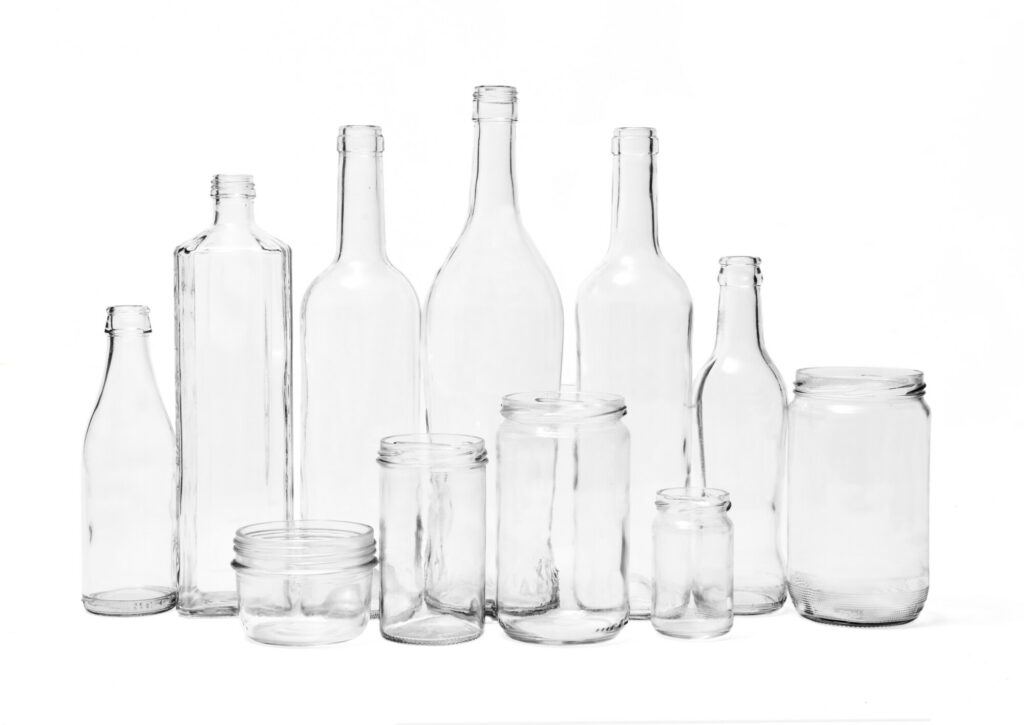
Different types of bottles & jars that can be manufactured.
Quality Control
When producing a high volume of bottles using the latest machine technology, regular monitoring is needed to ensure the highest quality. These include;
- Constant heat check for the raw materials and bottle being produced; consistent temperature is critical here
- Quality spot checks by key workers or ocular control units
- Bubbles
- Swollen neck or base
- Surface or deep cracks in the bottle
- Sharing or broken parts
- Bent or crooked appearance.
Any of these quality checks can generally be rectified with how the machine is set up. Foreign objects can also cause a problem on the production line. A good eye for detail is needed for the quality control team to be efficient.
Watch the bottle manufacturing process here.
Start Your Journey Today
If you’re looking for premium spirit glass bottles, contact our friendly Account Managers at Berlin Packaging | Bruni Erben. We can help you select a fabulous design from our stock range or produce something bespoke.
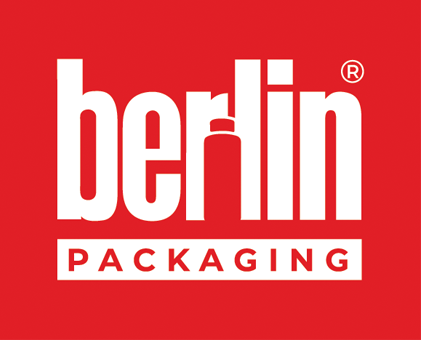
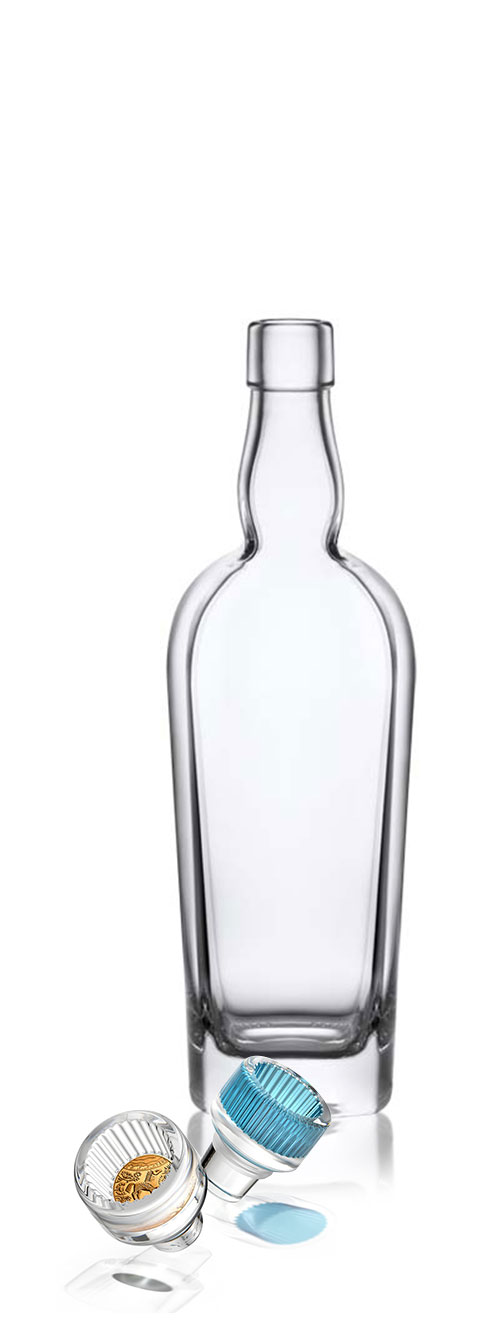
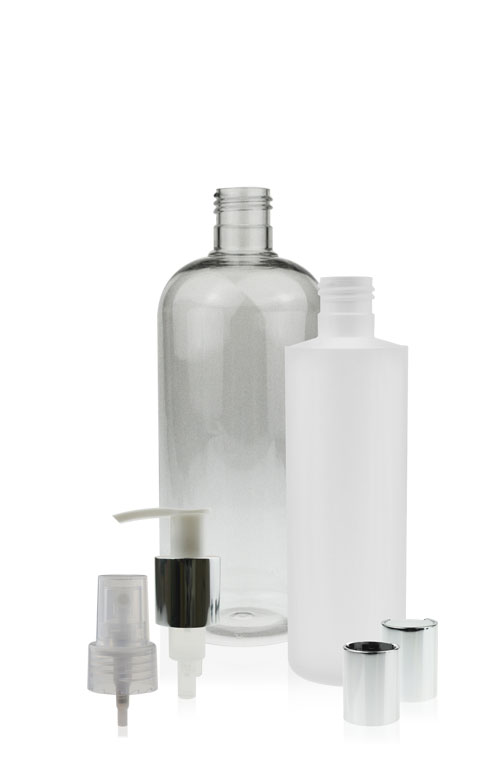
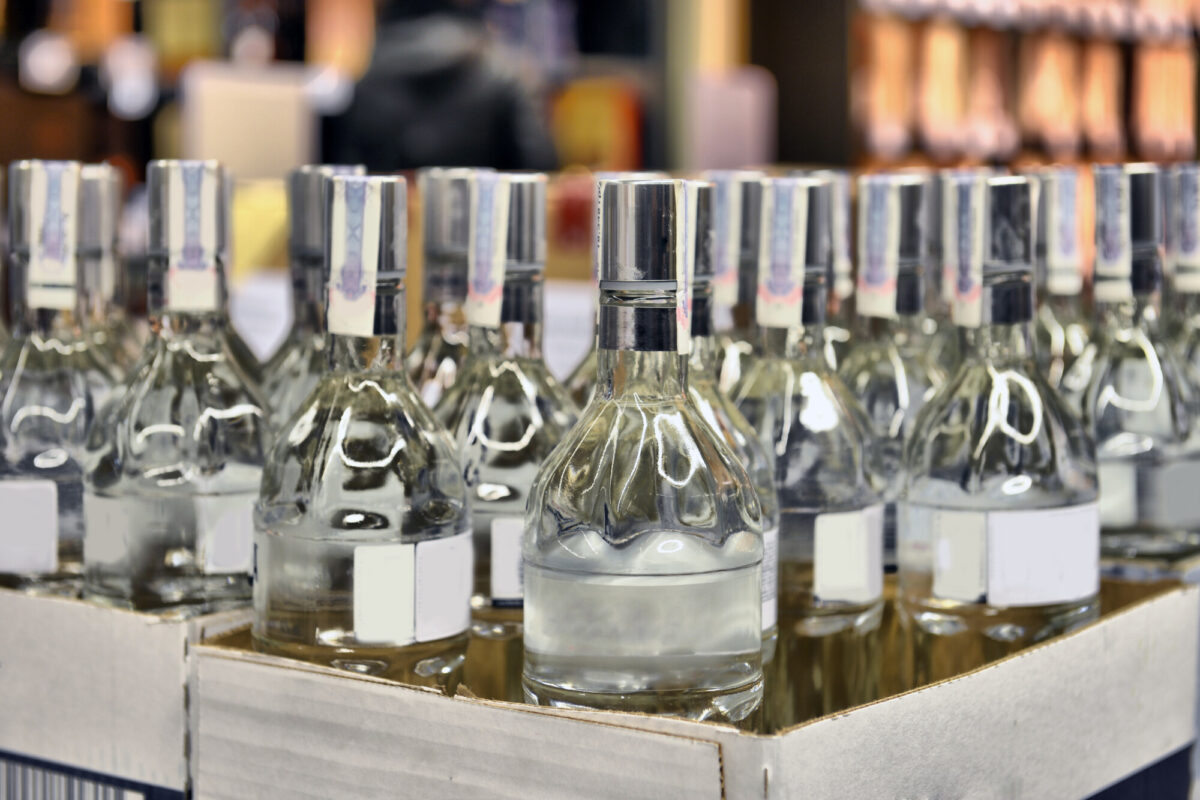
Pingback: Discover The Elegance Of The Intinera Wine Bottle Collection
Pingback: Glass Bottles For Liquor & Spirits
Pingback: The Kraken Black Spiced Rum ‘Unknown Deep’ Limited Edition
Pingback: 3 Imaginative Beer Bottle Collections To Reawaken Your Brand
Pingback: What Bottle & Labelling Machine Do I Need For My Production Line?
Pingback: 10 Exciting Facts About Wine & Champagne Bottles